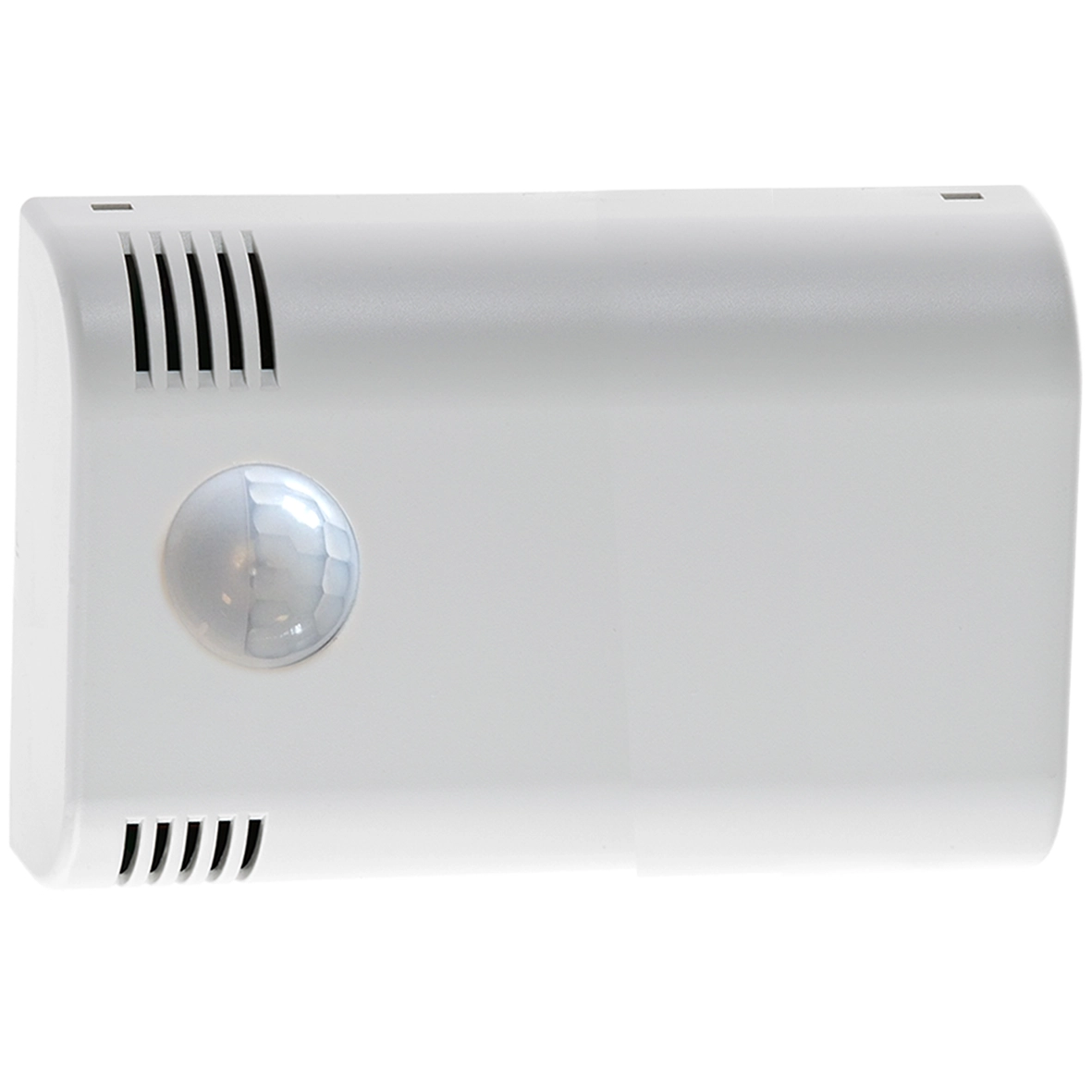
Why should one measure carbon dioxide levels?
Increased health and well-being. Elevated carbon dioxide levels in indoor environments can lead to headaches, fatigue, and reduced cognitive ability. By monitoring and controlling CO₂ levels, the risk of these health issues can be reduced.
Improved productivity and concentration. Several studies show that high CO₂ levels negatively affect people's concentration and performance. In environments such as schools and offices, this is particularly important, as good air quality has a significant impact on both learning and work.
Indication of ventilation efficiency. CO₂ measurement is a good way to assess how effective the ventilation is. When CO₂ levels are high, it is a sign that air exchange is insufficient, which may be due to inadequate ventilation or a high number of people. By measuring CO₂, one can optimize ventilation and reduce energy costs.
Energy optimization. By combining CO₂ measurement with smart ventilation systems, one can automatically adjust air exchange based on current needs. This reduces energy consumption and creates an energy-efficient building, especially in spaces where occupancy varies greatly over time.
Risk reduction for airborne infections. Ventilation is important for reducing the spread of airborne infections. Although carbon dioxide does not directly measure pathogens, a high CO₂ level can indicate poor ventilation, which may also increase the risk of infections spreading in the air. This is particularly relevant in environments such as schools, offices, and healthcare facilities.
Enkey's solution for CO2 measurement
Enkey's CO2 sensors connect wirelessly to Enkey Building Insight®, allowing real-time readings of occupancy, temperature, relative humidity, air pressure, CO2, and VOC. Occupancy reports are automatically generated based on a set schedule. This is cost-effective and facilitates analysis and optimization, as measurement data is collected and visualized automatically.